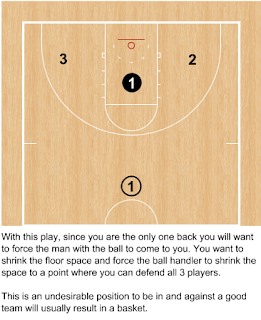Kobe 1 v 1
On the night that Kobe is having his number retired let's honor him with a video that I found on You Tube. This video shows his skill in breaking down a defender 1 on 1.
TBL is spreading the love of basketball through training tips, drills, links, coaching advice and video. TBL is a site which attempts to catalog and organize our organic basketball content with content that we find useful on the internet.































